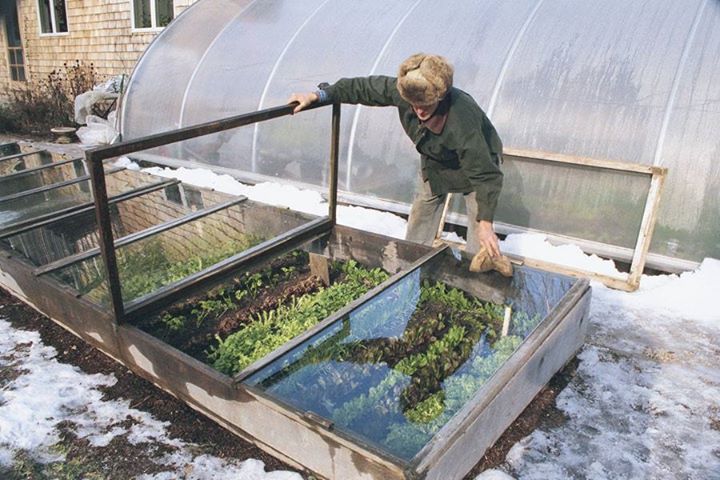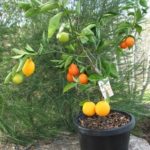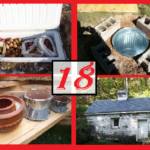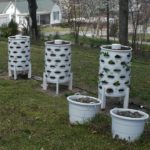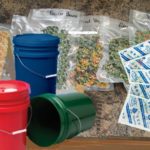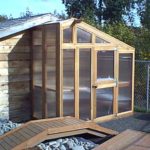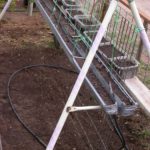DIY Cold Frame
A Simple Cold frame will extend your Vegetable Growing Season into the Winter months. A Cold frame—simply an enclosed area with a clear top to let in sunlight—is one of the easiest ways to do this. All you need are a few basic supplies and your imagination.The only essential for the frame’s cover is that light gets through. Almost any transparent material will work: …glass, fiberglass, polyethylene, or flexible greenhouse coverings. Many people use old window sashes, but just make sure they don’t have lead based paint on them.If you’re buying material to cover your Coldframe, consider Lexan. It stands up well to the elements (like rain, sleet, ice, or snow), and insulates especially well. Other gardeners prefer the corrugated fiberglass (4-by-8-foot panels) sold for greenhouses. Although it costs a little more than other plastics, it lets in a lot of light and doesn’t turn yellow with prolonged exposure to sunlight.
The simplest frame uses hay bales: Just arrange 4 bales of hay or straw into a square shape to make the sides of your Coldframe. Put your glass or plastic cover on top of the bales, and there you have it. Cinder blocks are a good alternative; just be sure to turn them on their sides so the holes point up and down. Otherwise, air will pass through. Cover the top holes to keep the structure warmer.
To make a more permanent and easily vented structure, build the sides from wood, and attach your top to it with hinges. Cedar, cypress, and redwood are naturally rot-resistant, but you can use almost any kind of wood—as long as it isn’t pressure treated. Pressure-treated wood contains highly toxic substances, including arsenic. Secure the pieces of wood with elbow braces at each corner, glue, and then screwed in with two 1- or 1 1⁄2-inch galvanized screws.
If you garden in an extremely cold area, you’ll need a more permanent and better insulated Coldframe. Jan Scheefer, a high-altitude gardener in Gunnison, Colorado, made her Coldframe walls out of 6-inch-thick poured concrete, which she then painted black to absorb solar heat. She capped the frame with corrugated fiberglass framed with 2-by-4s of pine.
If possible, orient your Coldframe to the south, with the top angled about 25 to 30 percent from front to back. If that isn’t possible, at least make sure your Coldframe is in a sunny spot. And angle the top enough for rain to run off.
Proper ventilation is probably the most important part of growing inside a Coldframe! On warm or cool sunny days, heat can build up inside the sealed frame, so you’ll need to have the lid open.. Leave it closed, and you will cook your Veggies early before they are even harvested. You can install a thermometer to check temps at a glance.
The best venting tool is a sturdy stick or dowel that you use to prop open the top, late in the morning of any sunny day when outside temperature is expected to rise above 40ºF. (On a sunny 50ºF day, the temperature inside your Coldframe can quickly soar to 80ºF.) Make notches in the stick so you can prop open the top at different heights, depending on the outside temperature. And always close the lid or vent by late afternoon so some of the insulating heat of the day is trapped inside to help protect against the night’s chill.
You can grow anything in your Coldframe that you would normally grow in your garden. In many areas, you can sow seeds for spinach, lettuce, kale, choys, and other salad greens in fall to enjoy in winter. Or, transplant heads of lettuce, cabbage, and cauliflower inside the frame.
In areas with an extra-short growing season, a Coldframe may be the only way to grow warm-weather crops. High-altitude gardeners and Alaskans use Coldframes through summer to raise tomatoes, green beans, and cucumbers.
After building your Coldframe, you will want to plant some great Heirloom Seeds in it to start your Healthy Garden. Get your heirloom seeds at the link below.
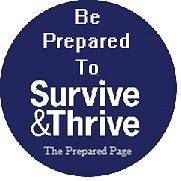 This is an aggregated site. Please be aware some of the sites we link you to could have pop ups. We have no control over them. However, we will never link you to a site that requires you to make any purchase to view the blog.
This is an aggregated site. Please be aware some of the sites we link you to could have pop ups. We have no control over them. However, we will never link you to a site that requires you to make any purchase to view the blog.
Please read our disclaimer. We provide you with information from various sites all over the world. The author’s expressed opinion isn’t necessarily that of The Prepared Page or its staff. Our intent is to bring you the information. Use your common sense and your own best judgment when using any information contained within the blogs.
While you’re here check out some of those other posts you may find them interesting!!!
Some posts may contain affiliate links.

